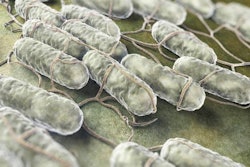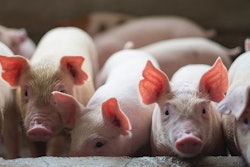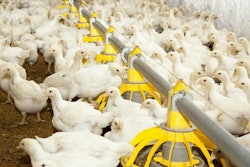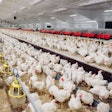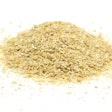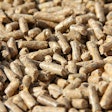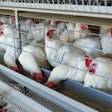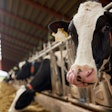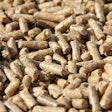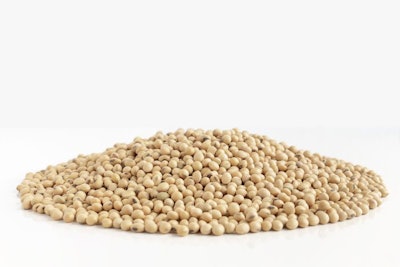
The secret is using the right product, free of any anti-nutritional factors and properly treated with heat.
Soy hulls are rich in fermentable fibers (more than 20%) with pectins being a prominent group (about 10%). When pre-treated with enzymes, soy hulls can have more than 25% fermentable fibers, mostly through the breakdown of viscosity-inducing hemi-celluloses. Thus, soy hulls can be another smart fiber solution for piglet diets with or without antibiotics.
Indeed, research so far has shown that feeding beneficial bacteria in the upper part of the large intestine helps the animal through the excretion of volatile fatty acids, such as butyric acid that is known to promote gut architectural health. In addition, production of lactic acid reduces local pH, making the environment less friendly to pathogenic bacteria.
What is less known is the fact that feeding such fermentable fibers from soy hulls can help reduce harmful bacterial protein fermentation, further depriving pathogens from components for their growth. Indeed, the use of such fibers is considered now part of a ZnO-free program in the EU and elsewhere as soy hulls can help promote a healthier and more stable gut microflora.
The secret is using the right product, free of any anti-nutritional factors and properly treated with heat. The industrial enzymatic pre-treatment enhances the concentration of prebiotic fibers and reduces gut viscosity, enabling thus less soy hulls to be used to avoid overloading young piglets with fiber-rich components. At the end, it is the right balance between insoluble and fermentable fibers in the diet that matters and, here, soy hulls cannot be ignored.
When it comes to soy hulls, I always like to mention that their only known problem to me is that they are very tasty. In fact, we have to limit their allowance to calves as they overconsume them and end up bloated. I can easily see such product being used also in diets for lactating sows.



